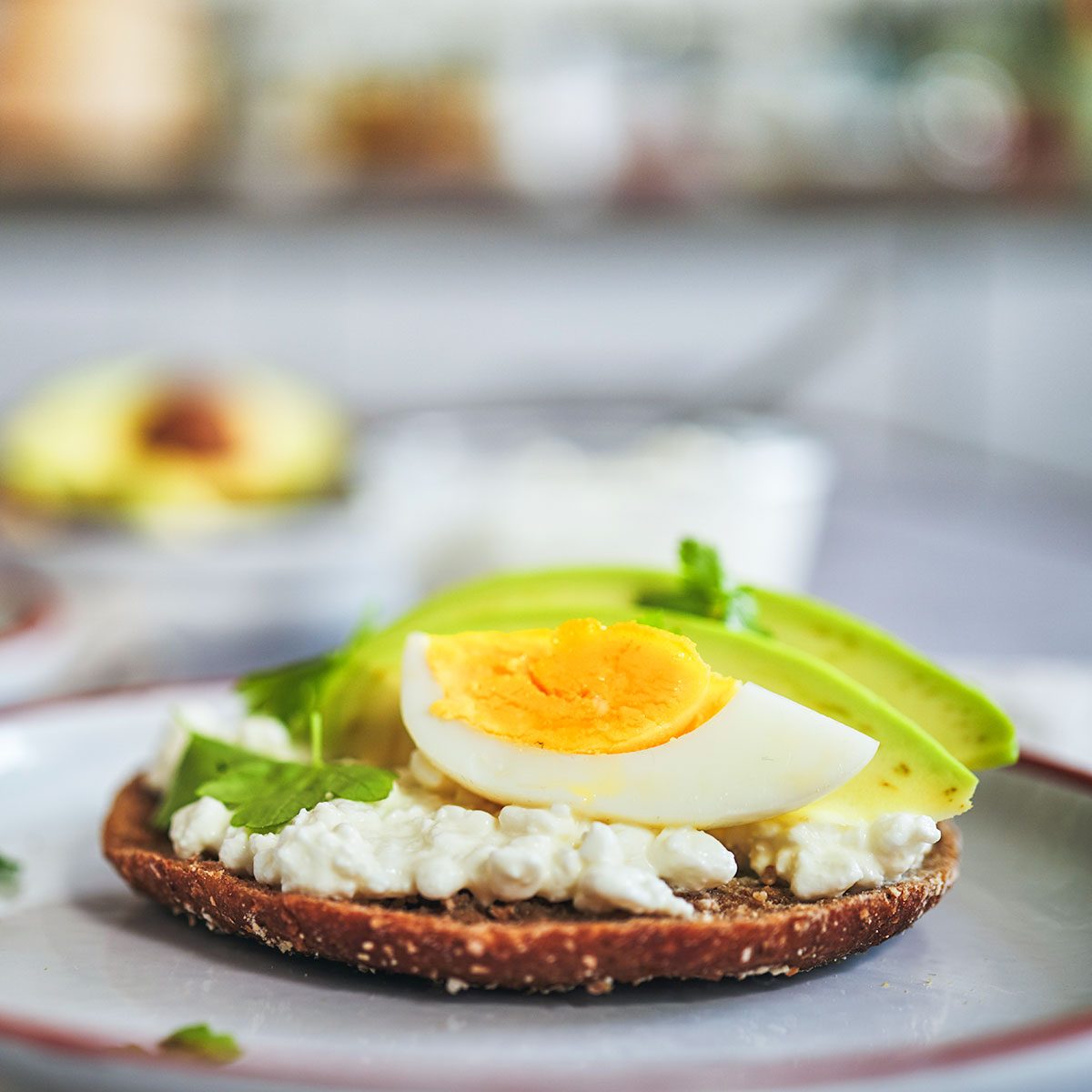
Is there a sweet spot for lunchtime? There sure is: A doctor and a nutrition expert explain that when you eat is just as important as what you eat.
Lunchtime should be a chance to refuel and refresh—in some countries, people even exit the workplace and return home to join the family around the table for the mid-day meal (in some cases followed by a siesta—most of us can only dream!). Meanwhile, for many Americans, just taking 15 minutes to boil some ramen or grab a sandwich and a short walk can feel like an act of rebellion.
Considering the relentlessness of your work day, meetings with colleagues across different time zones, or running around for the family, finding a good moment to eat lunch may come down more than a matter of hunger. With insights from research and a nutrition experts, this is the answer for the best time to eat lunch.
The best time to eat lunch is influenced by an earlier choice in your day
Determining the best time for lunch begins with understanding the importance of breakfast in your daily routine, says Audra Wilson, MS, RDN, CSOWM, CSCS, a registered dietitian with Northwestern Medicine. Wilson emphasizes that whether you’re trying to trim down or just want to feel more energized throughout the day, breakfast is vital for fending off severe hunger and stabilizing your mood throughout the day. Eating breakfast shortly after you wake helps energize you and promotes healthier eating habits. To effectively bridge the gap to lunch, it’s essential to avoid snacking after you’ve had breakfast.
That idea might feel off-putting if you’re someone who doesn’t feel hungry when you wake up—introducing a small, protein-dense breakfast such as a whole egg scrambled with egg whites, yogurt topped with fruit, or nut butter on toast can reignite your body’s natural hunger cues. This practice sets a foundation for thoughtful eating for the rest of the day.
Ghrelin: What to Know About the ‘Hunger Hormone’
The best time to eat lunch
Ideally, you should have lunch four to five hours after eating breakfast to help keep your blood sugar stable. So, “if you ate breakfast at seven a.m., target having lunch between 11 a.m. and noon,” Wilson explains. If your schedule calls for a later lunch, a small, wholesome snack can sustain you until then. Ideal snacks combine proteins, carbs, and healthy fats, like an apple with a handful of nuts or veggies paired with hummus. The protein, fat, and fiber will keep your system feeling balanced to help keep you from feeling famished by the next time you have a meal.
For the main lunch course, opt for meals rich in these same nutrients to stave off hunger until dinner time. Lunch might look like a nice salad with some protein, a quinoa bowl loaded with veggies, or a turkey and avocado wrap. All of these provide a well-rounded nutrient profile.
And if you’re wondering about dinner, aim to follow the same rule of thumb—eating dinner four to five hours after lunch. This helps prevent overindulgence in the evening. If an early dinner isn’t possible, a light, nutritious snack in the afternoon can help manage your hunger until mealtime. Some experts say ensuring you finish eating three hours before bedtime helps you achieve both a healthy weight and stable blood sugar.
8 Best High-Protein Lunch Ideas for Weight Loss
Does it matter when you eat lunch?
Yes. Studies continue to affirm the importance of timing when you eat.
A 2023 study from Northwestern University has brought time-restricted eating into the spotlight, showing it can be as effective as calorie counting for managing diet. Time-restricted eating is a way of scheduling your meals so that you eat all of your day’s food within a certain period, often within an eight-hour to 12-hour window.
Shaina Alexandria, PhD, assistant professor of preventive medicine in the division of biostatistics at Northwestern University and study co-author, notes that calorie counting often leads to diet fatigue, whereas time-restricted eating is simpler—it’s all about the timing of your meals. By focusing on when you eat, rather than counting every calorie, sticking to a healthy eating routine could become much easier.
Essentially, watching the clock to time your meals might just be the strategy you need for a happier belly and a healthier day.
For more nutrition updates, subscribe to The Healthy @Reader’s Digest newsletter and follow The Healthy on Facebook and Instagram. Keep reading: